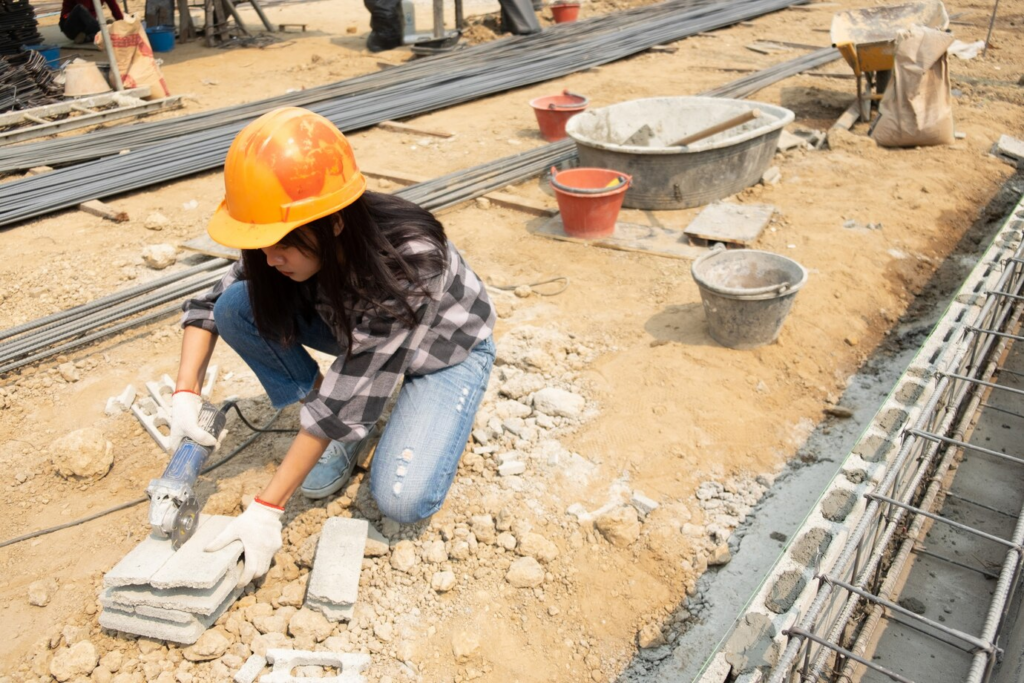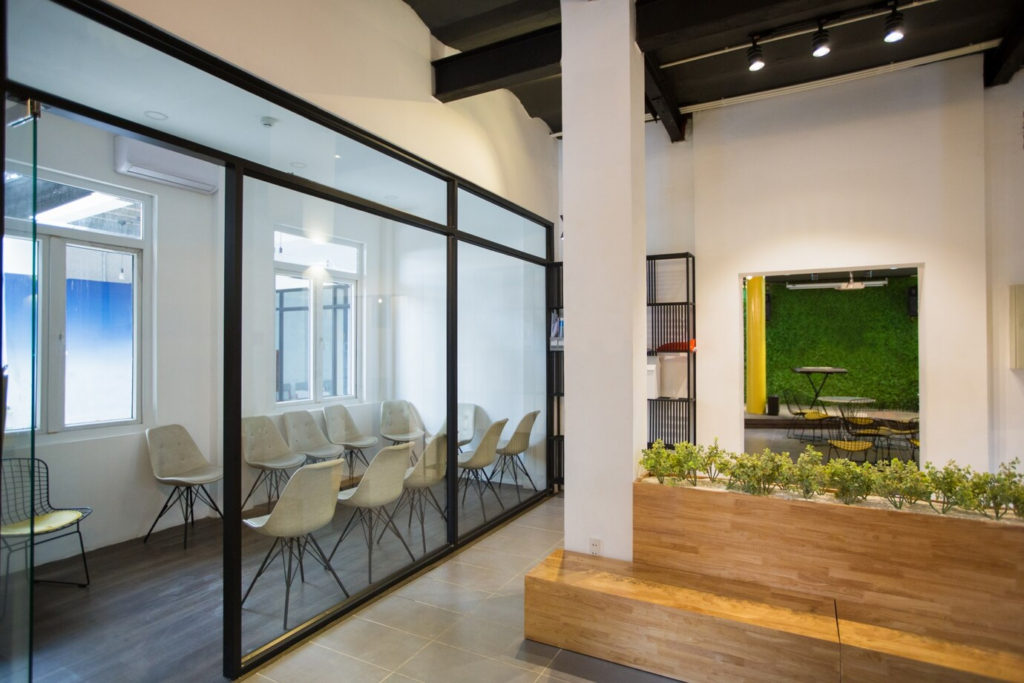Construction relies on high-quality materials to create incredible buildings, and your choices along the way can make a huge difference. Whether you’re building an office for your business to bloom in or you’re creating a commercial building for buyers to scramble over, you have to consider every part of it.
These are the top reasons why material matters and how you can invest your way into an incredibly valuable commercial building.
High-Performance Insulation Materials
Energy efficiency is a critical consideration in modern commercial construction, with a growing focus on reducing the carbon footprint of buildings. High-performance insulation materials, including advanced options for commercial pipe insulation, play a vital role in regulating indoor temperatures. Aerogels, for instance, are ultra-lightweight materials that exhibit exceptional thermal insulating properties. These materials are being integrated into walls, roofs, and windows to enhance the overall energy efficiency of commercial structures.
Additionally, phase-change materials (PCMs) are gaining traction in construction for their ability to absorb and release heat during temperature fluctuations. By incorporating PCMs into building materials, such as plaster or concrete, structures can better regulate internal temperatures, leading to reduced energy consumption and lower utility costs. As sustainability becomes a driving force in construction, the adoption of high-performance insulation materials represents a crucial step toward creating energy-efficient and environmentally responsible buildings.
Sustainable and Recyclable Materials

Sustainability has become a central focus in the construction industry, prompting a shift towards eco-friendly and recyclable materials. Engineered wood products, such as cross-laminated timber (CLT) and laminated veneer lumber (LVL), have gained popularity for their renewable nature and low environmental impact. These materials offer a viable alternative to traditional steel and concrete, contributing to reduced carbon emissions and a smaller ecological footprint.
In the pursuit of sustainability, the incorporation of materials with dual functionalities becomes crucial. Beyond their ecological benefits, some sustainable and recyclable materials also excel in providing industrial sound insulation. This is particularly relevant in commercial spaces where noise reduction is a priority. By integrating industrial sound insulation within sustainable materials, construction projects can achieve a holistic approach to environmental responsibility, creating buildings that not only stand as examples of green design but also offer enhanced acoustic comfort to occupants.
Additionally, recycled materials, including reclaimed wood, recycled steel, and recycled plastic, are being incorporated into commercial construction projects. This not only diverts waste from landfills but also conserves natural resources. For example, recycled steel maintains its structural integrity and is often used in the construction of framing components. The use of recycled materials aligns with the growing emphasis on circular economies within the construction sector, where materials are reused and repurposed throughout their lifecycle.
3D Printing in Construction

The emergence of 3D printing technology has paved the way for innovative applications in commercial construction. 3D printing enables the rapid and cost-effective production of intricate building components, utilizing diverse materials such as concrete, polymers, and even metals. This groundbreaking construction method has the potential to significantly streamline construction timelines and reduce costs.
As 3D printing transforms the construction landscape, it extends its influence to handrail systems. Leveraging the precision and flexibility inherent in 3D printing, intricate and customized hand railings can be crafted to harmonize with the overall building design. The swift pace of 3D printing ensures the efficient production of hand railings, contributing to expedited project timelines.
Smart Materials and Nanotechnology

The use of smart materials and nanotechnology has revolutionized commercial construction. Smart materials respond to external stimuli, adapting to factors like temperature or pressure. In construction, this means self-healing materials and those that adjust properties based on the environment. An example is self-healing concrete with embedded bacteria, autonomously repairing cracks to enhance longevity and reduce maintenance costs.
Smart material advancements extend beyond traditional elements, such as demountable glass partitions with dynamic transparency adjustments based on environmental conditions, seamlessly blending aesthetics and functionality.
Your Commercial Construction Can Be Incredible
Whether you’re building for your own business or creating a property to sell, you need to build something incredible. Follow these tips, and consider reaching out to Poli Construction to create the building of your dreams.
Author Bio
Brian Jeffries is a freelance writer who loves sharing his knowledge and expertise on construction projects and materials. He lives in Winter Park, Florida where he enjoys spending time with his wife and working on projects in his spare time. Brian’s work as a freelance writer can be found on Building Product Advisor, a construction industry resource site.